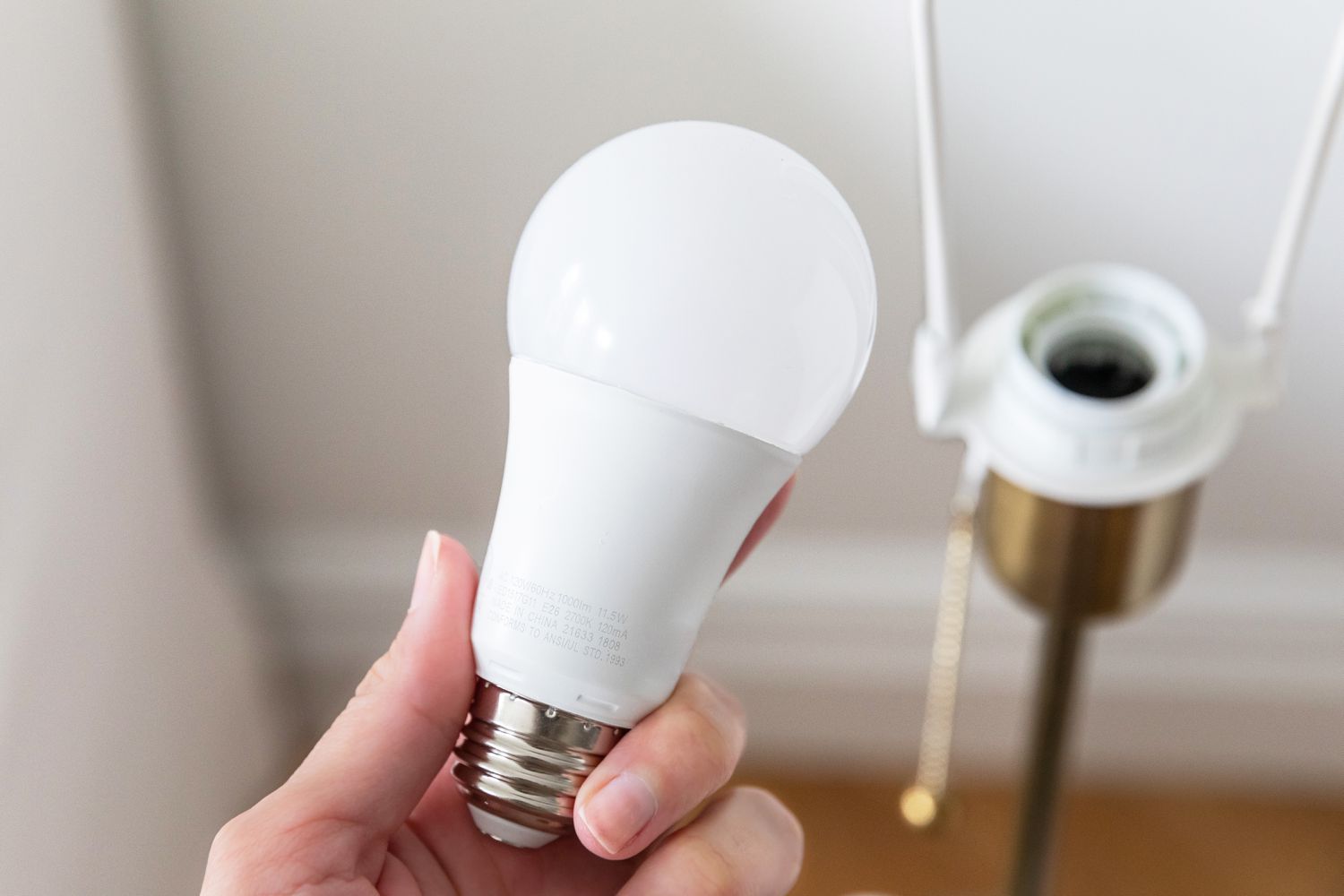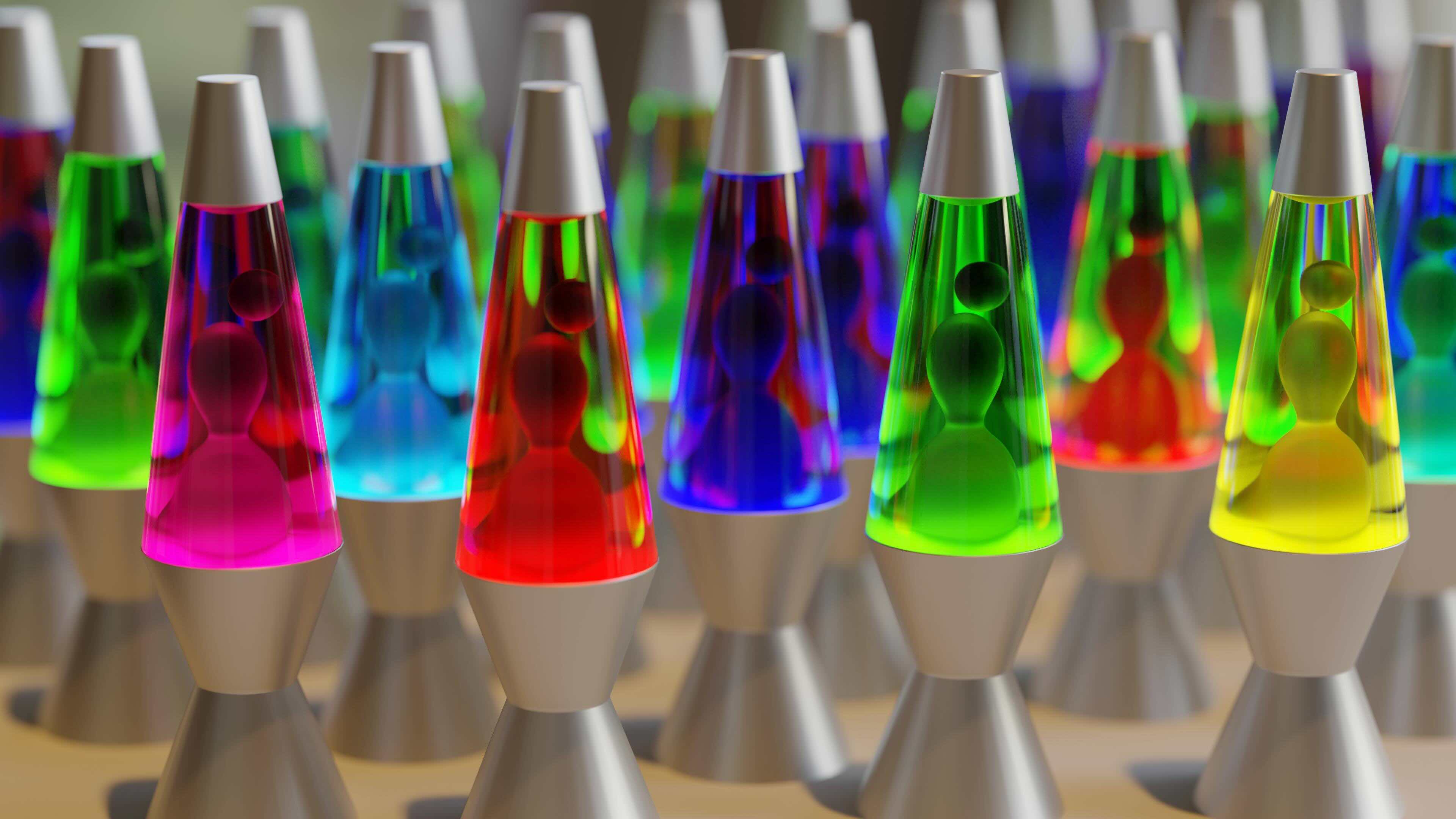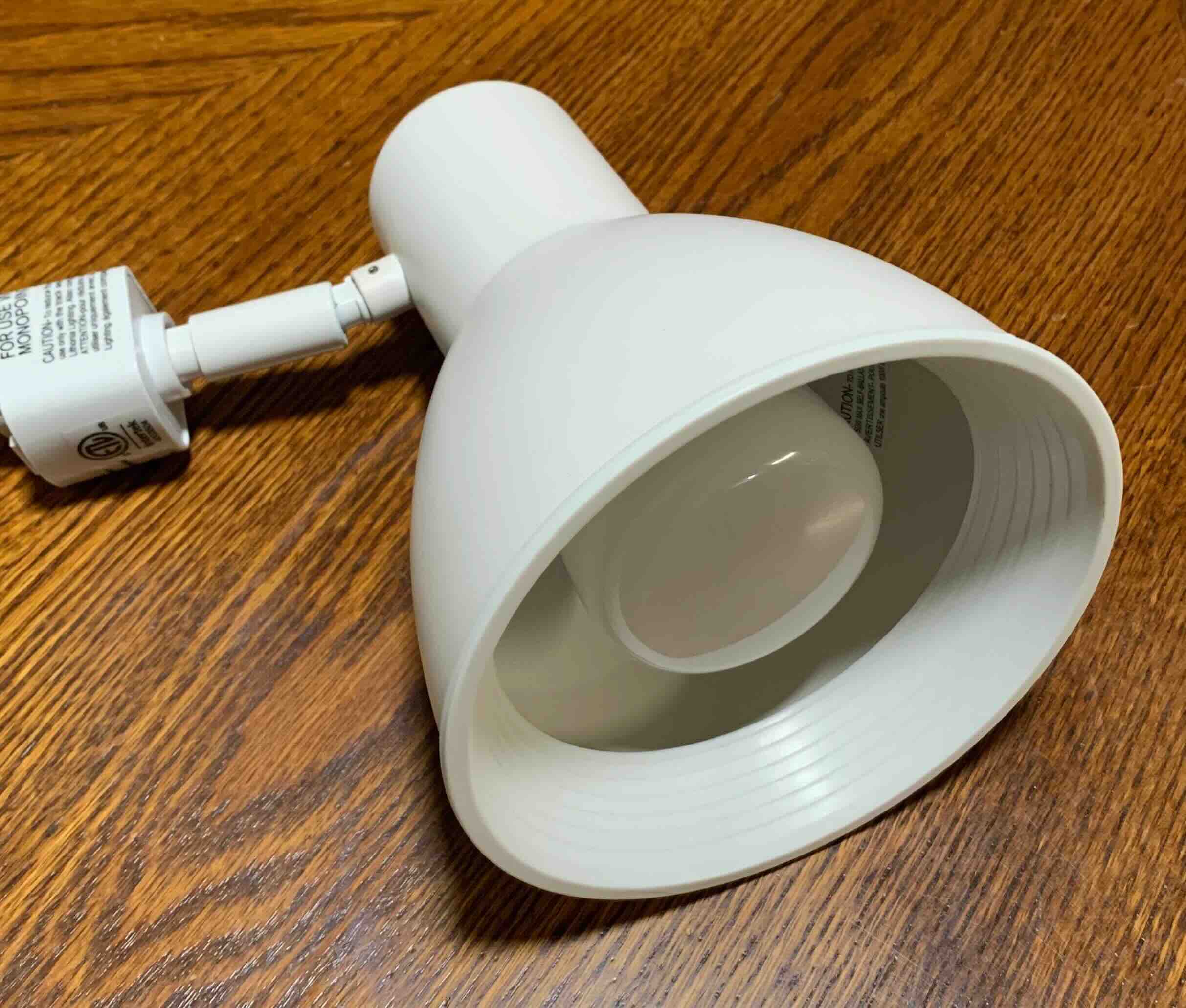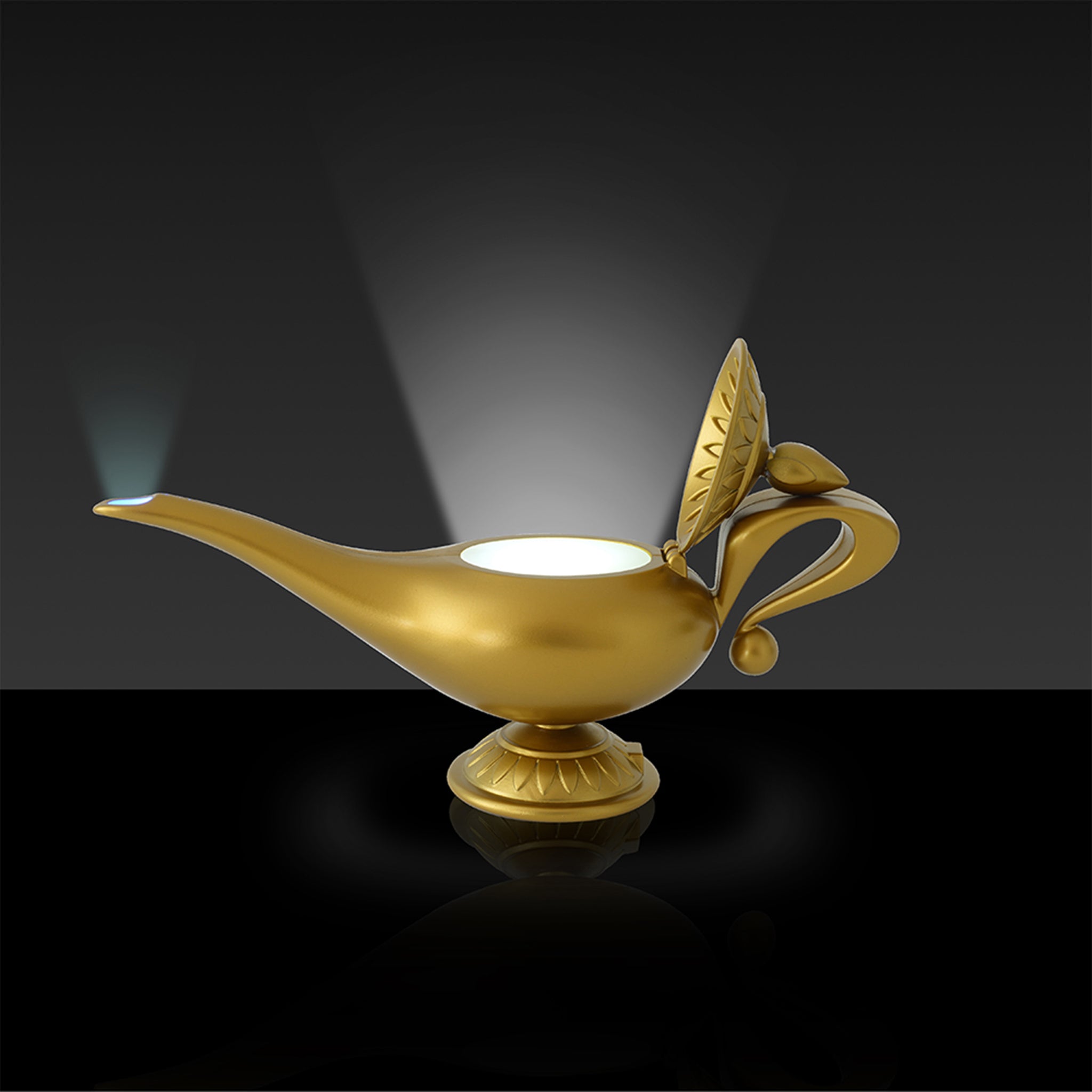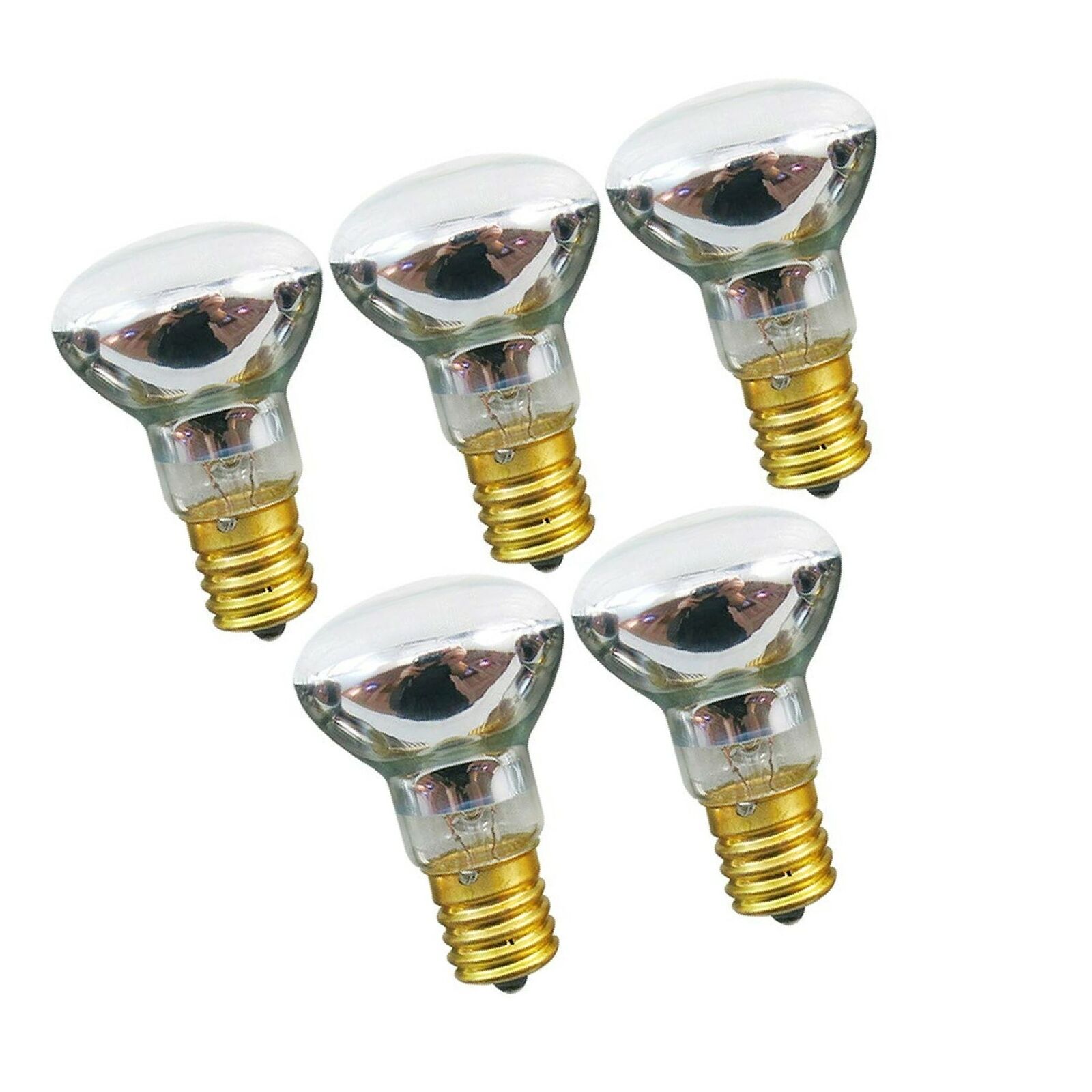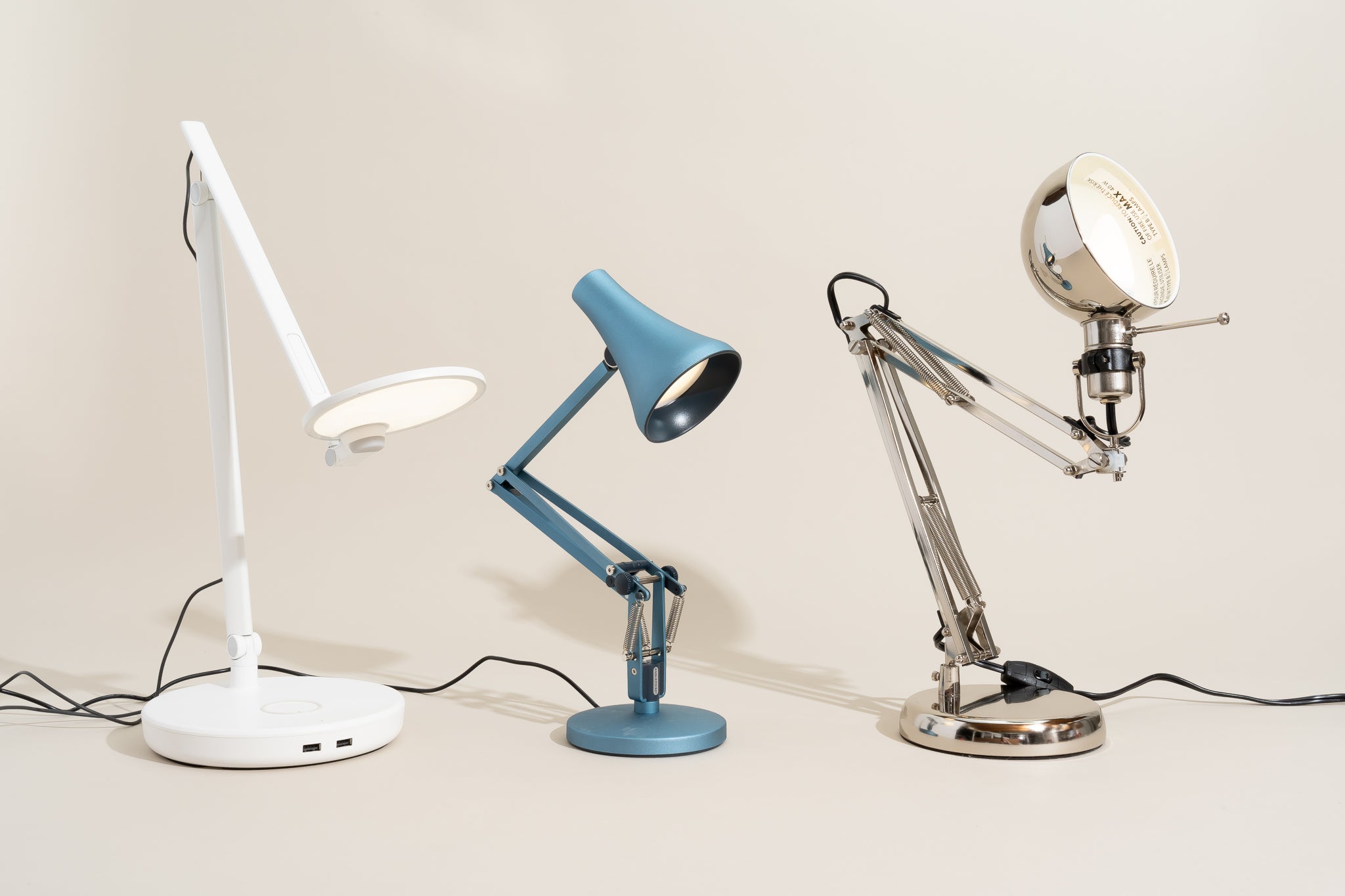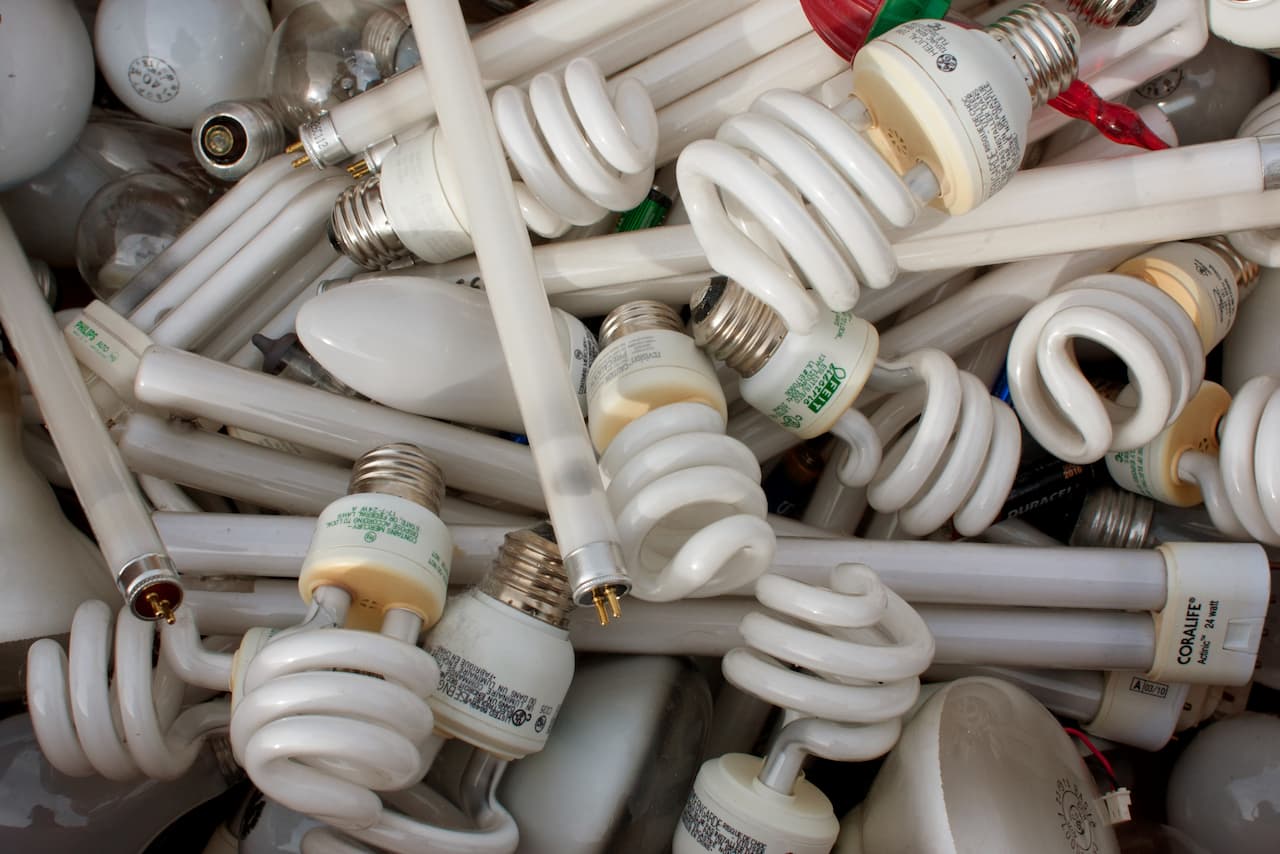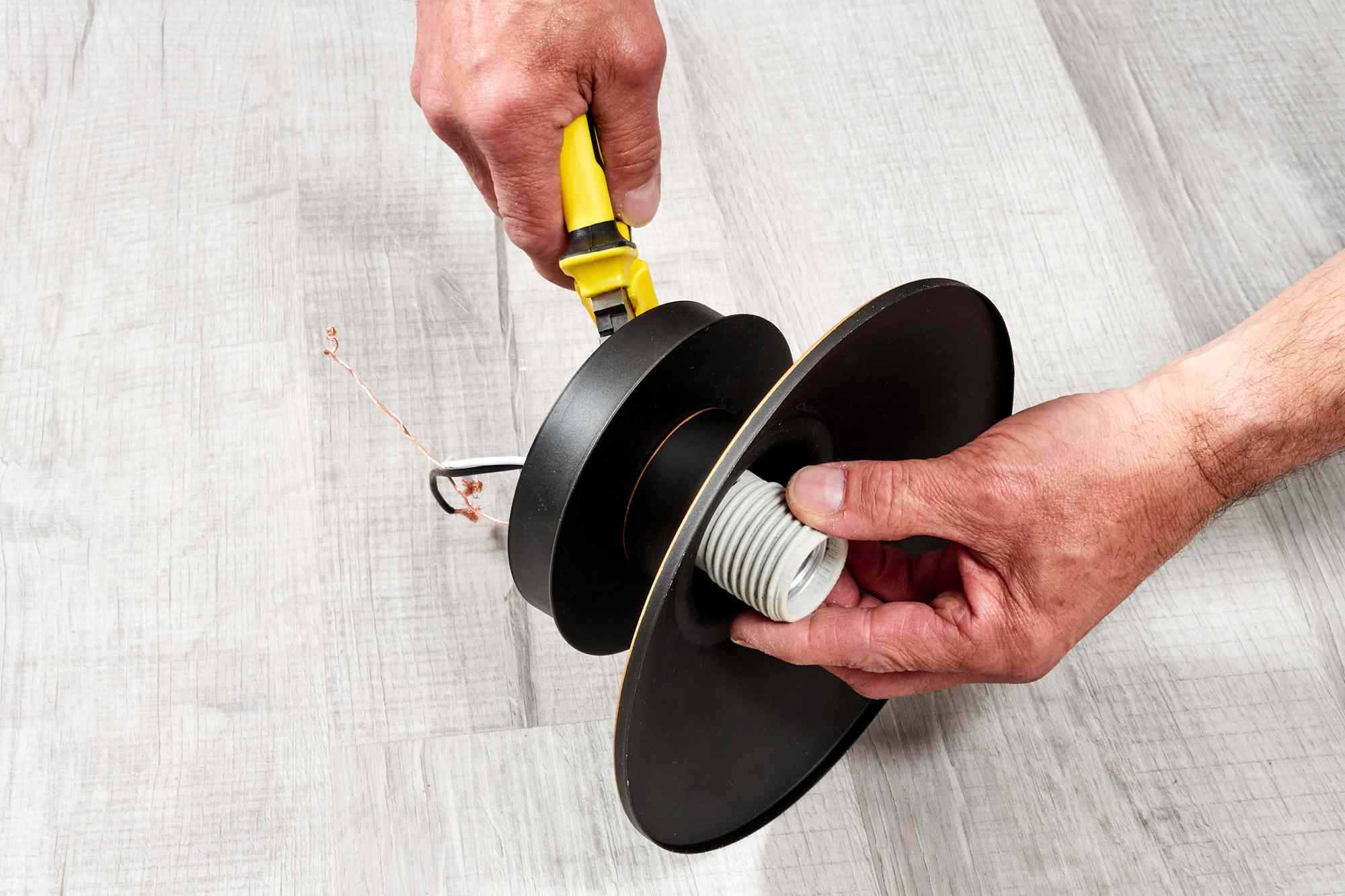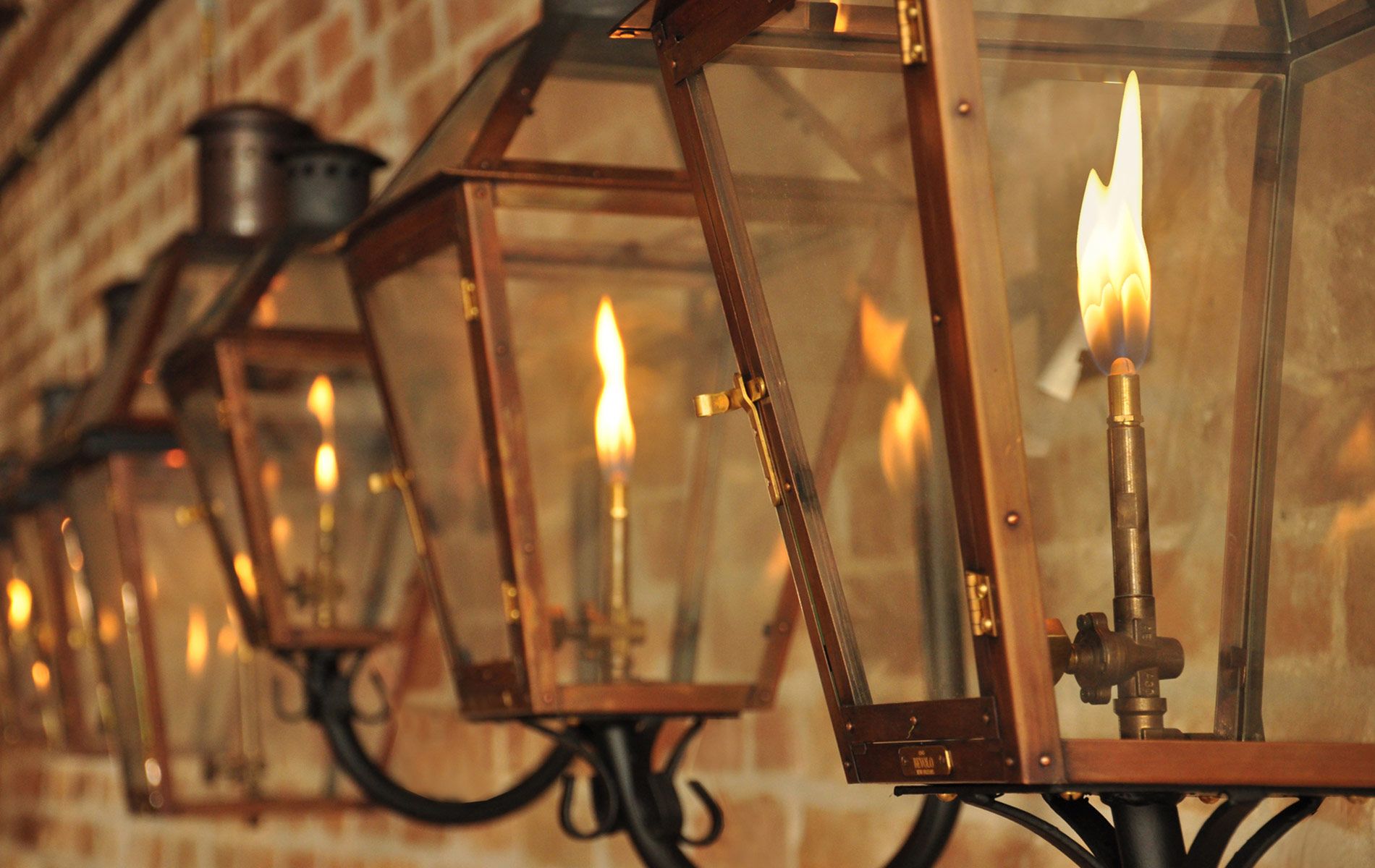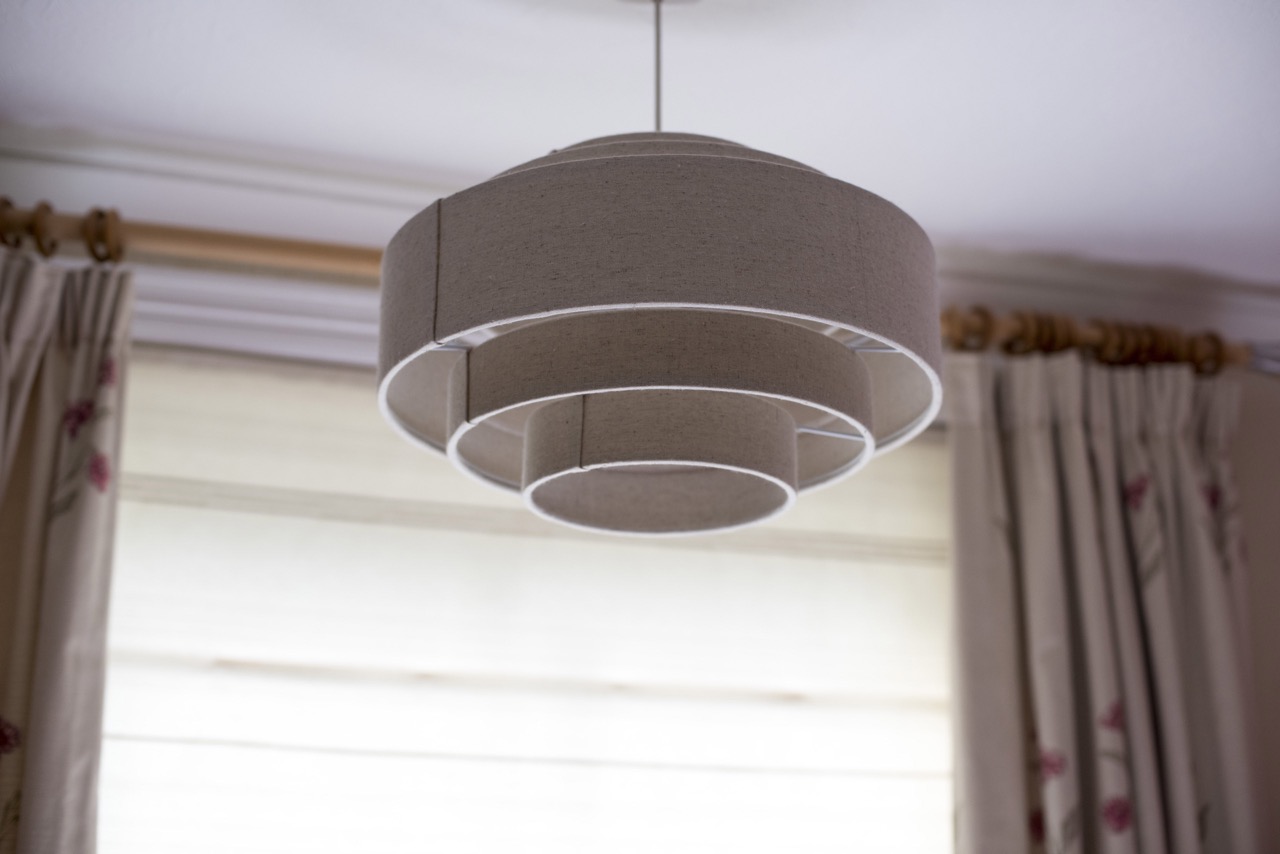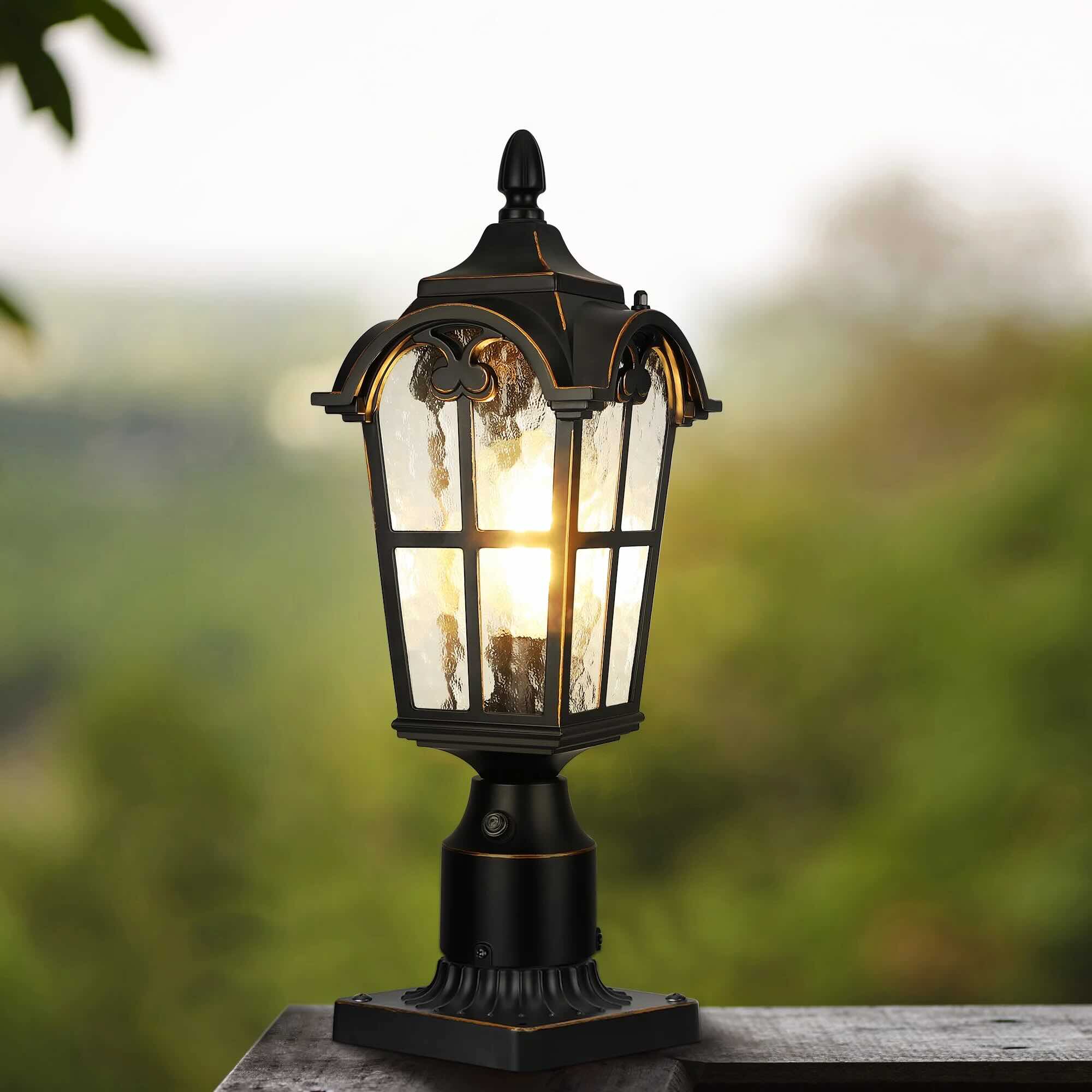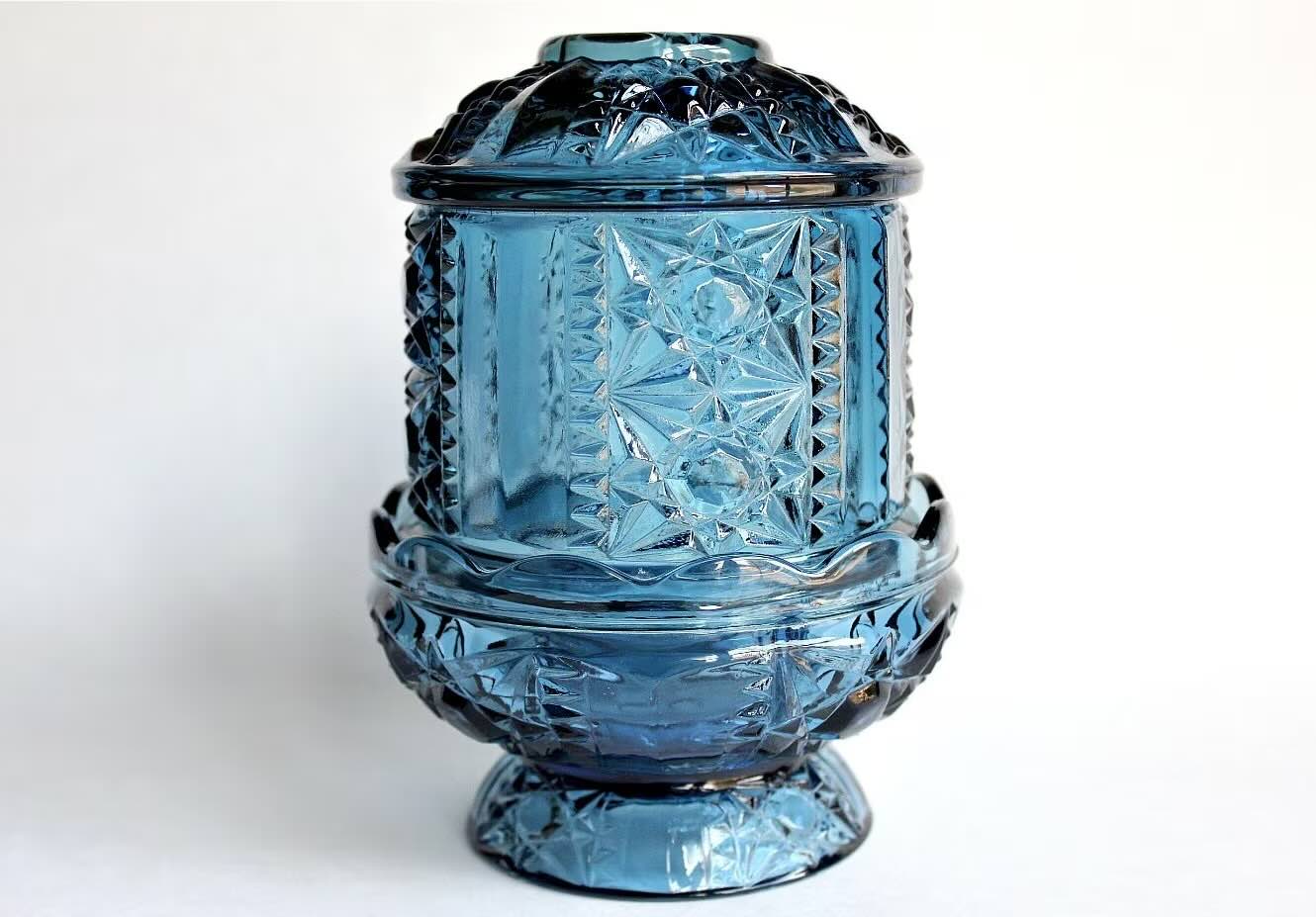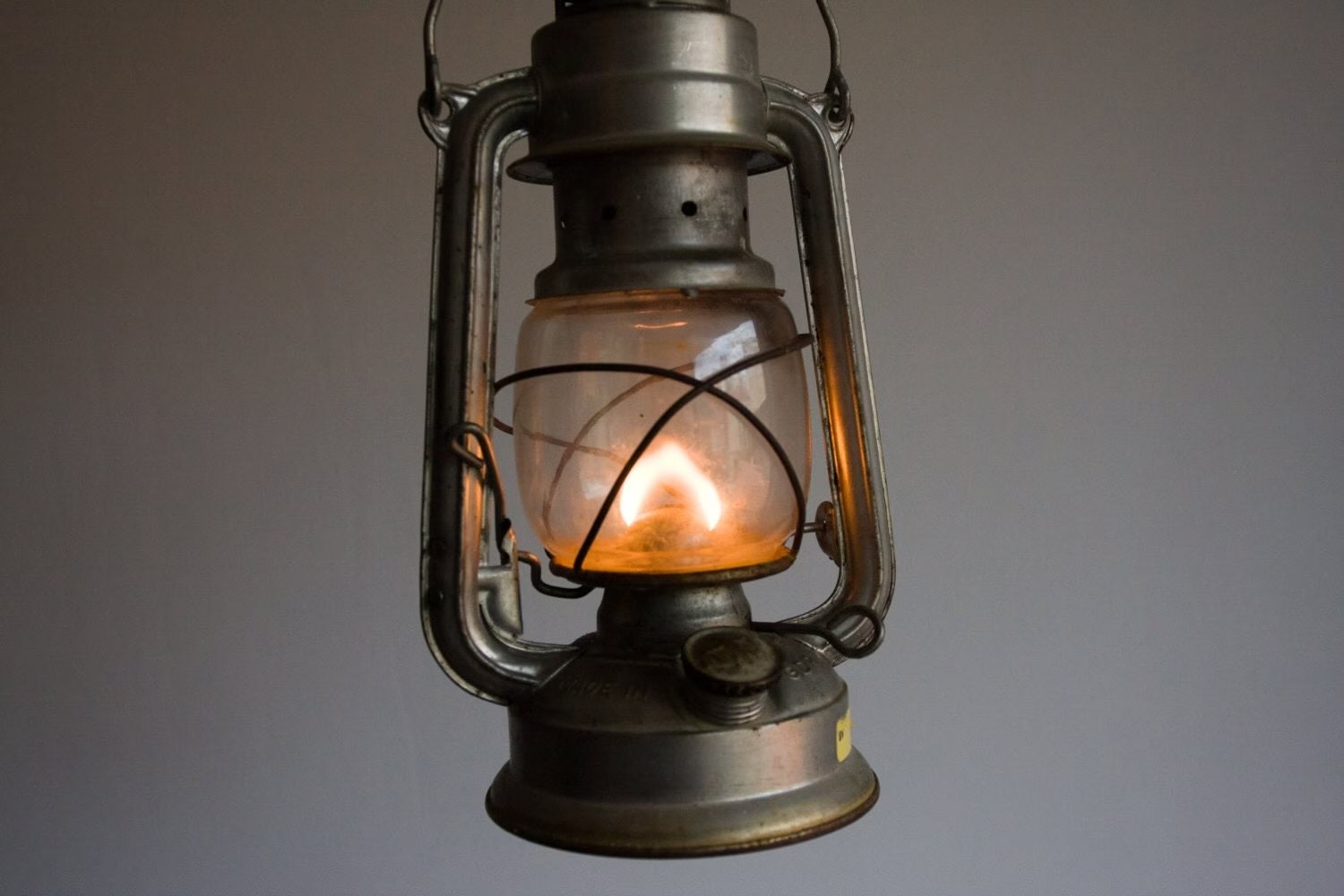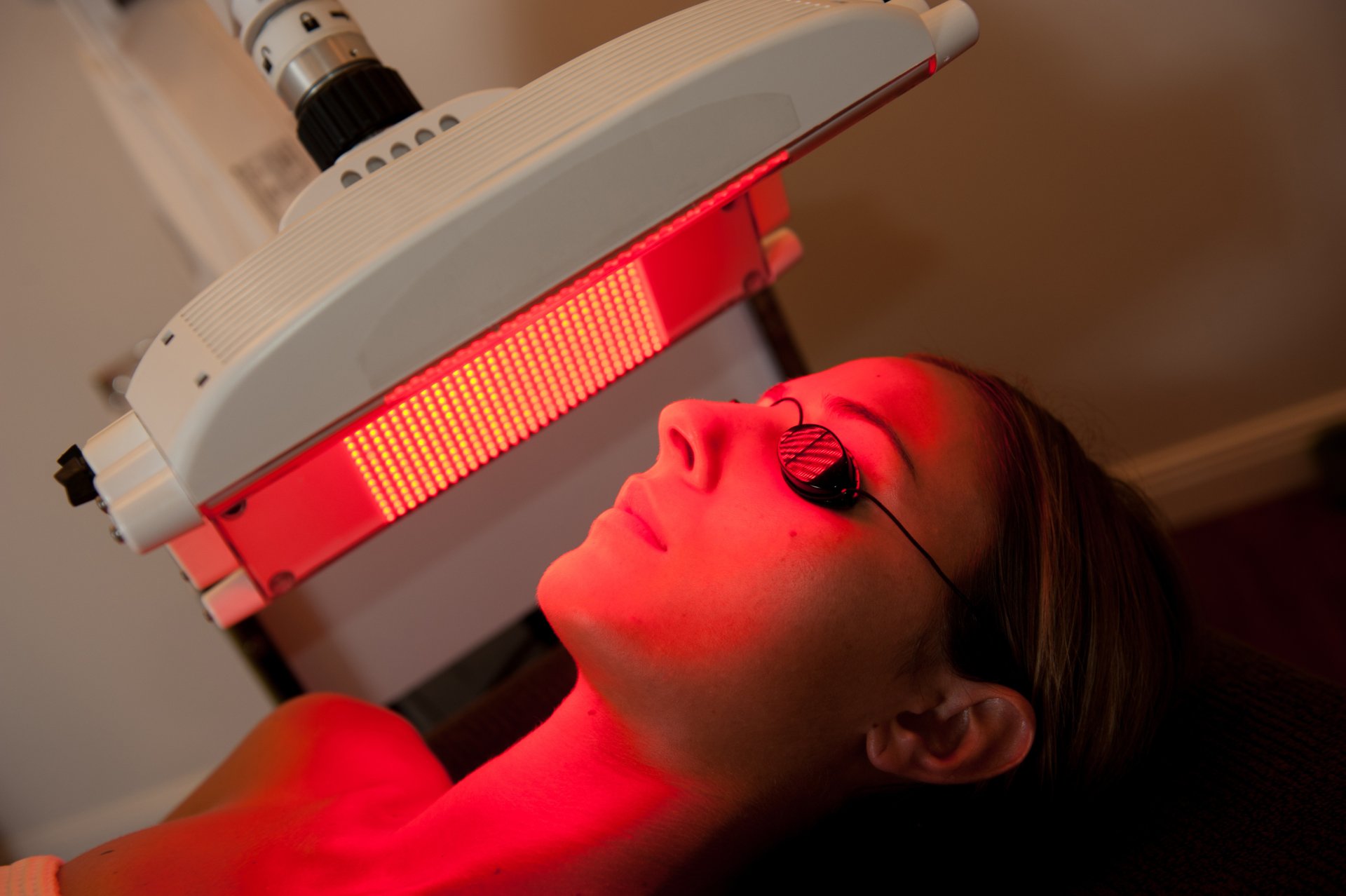

Furniture
What Is A Light Therapy Lamp
Modified: January 6, 2024
Discover the benefits of a light therapy lamp for your home. Find the perfect furniture piece that brings both style and functionality to your space.
(Many of the links in this article redirect to a specific reviewed product. Your purchase of these products through affiliate links helps to generate commission for Storables.com, at no extra cost. Learn more)
Introduction
Welcome to the world of light therapy lamps! If you’ve heard about these intriguing devices and are curious to learn more, you’ve come to the right place. In this article, we will explore what light therapy is all about and how it can benefit you.
Light therapy, also known as phototherapy, is a treatment that involves exposure to specific wavelengths of light to improve various health conditions. It has gained significant popularity in recent years due to its effectiveness and non-invasive nature. Light therapy lamps are specially designed to emit light that mimics natural sunlight, providing numerous therapeutic benefits.
The concept behind light therapy is rooted in our biological response to natural light. Sunlight plays a crucial role in regulating our circadian rhythm, also known as our body clock. Exposure to sunlight during the day helps keep our sleep-wake cycle in check, boosts mood, and regulates hormone production. However, factors such as seasonal changes, limited sunlight in certain regions, and an indoor lifestyle can disrupt this natural balance.
That’s where light therapy lamps come in. These lamps emit bright light that replicates the spectrum of natural sunlight, helping to regulate our circadian rhythm and provide relief from various conditions. From improving mood and energy levels to easing seasonal affective disorder (SAD) symptoms, light therapy has a wide range of applications.
So how exactly does light therapy work? Let’s take a closer look.
Key Takeaways:
- Light therapy lamps mimic natural sunlight to regulate circadian rhythm, boost mood, and increase energy levels, offering a drug-free approach to improve overall well-being.
- When using a light therapy lamp, it’s crucial to consult a healthcare professional, protect your eyes, and monitor skin reactions to maximize benefits and minimize potential risks.
Read more: How To Use A Light Therapy Lamp
What is Light Therapy?
Light therapy, also known as phototherapy or bright light therapy, is a treatment that involves exposing individuals to specific wavelengths of light to stimulate various physiological and psychological responses in the body. It is a non-invasive and drug-free approach that has been used for decades to improve the well-being of individuals.
Light therapy primarily works by stimulating the cells in our body that are sensitive to light. When these cells are exposed to bright light, they send signals to the brain, which can help regulate sleep-wake cycles, boost mood, increase energy levels, and stabilize hormonal imbalances.
One of the key benefits of light therapy is its effect on our circadian rhythm, or internal body clock. Our circadian rhythm plays a crucial role in regulating numerous physiological processes, such as sleep, hormone production, and metabolism. However, disruptions to this natural rhythm, such as jet lag, shift work, or conditions like seasonal affective disorder (SAD), can lead to a variety of health issues.
Light therapy helps to realign our circadian rhythm by providing the body with the necessary exposure to natural light wavelengths. By exposing ourselves to bright light, particularly in the morning or during specific times of the day, we can regulate our sleep-wake cycle and improve overall sleep quality.
Furthermore, light therapy has been shown to increase the production of serotonin, also known as the “feel-good” hormone. Serotonin plays a crucial role in regulating mood, appetite, and sleep. By increasing serotonin levels, light therapy can help alleviate symptoms of depression, anxiety, and seasonal affective disorder.
Light therapy has also shown promising results in treating various other conditions, including sleep disorders, skin conditions like psoriasis, and certain types of pain. It is a versatile and safe treatment option that can easily be incorporated into a daily routine.
In the next section, we will delve deeper into how light therapy works and the specific mechanisms behind its benefits.
How Does Light Therapy Work?
Light therapy works by exposing individuals to specific wavelengths of light that replicate natural sunlight. These wavelengths of light stimulate photoreceptors in the eyes, which then send signals to the brain to regulate various physiological processes.
One of the key mechanisms behind light therapy is the impact it has on our circadian rhythm. Our circadian rhythm is responsible for regulating our sleep-wake cycle and other daily biological rhythms. When we are exposed to natural light, particularly in the morning, it signals to our body that it is time to wake up and be alert. This exposure to bright light helps to synchronize our internal body clock and promotes wakefulness and alertness during the day.
Light therapy can also have a positive impact on mood and the production of neurotransmitters in the brain. Serotonin, a neurotransmitter often associated with happiness and well-being, plays a crucial role in regulating mood. Exposure to bright light from a light therapy lamp can increase the production of serotonin, thereby improving mood and reducing symptoms of depression and seasonal affective disorder (SAD).
Another mechanism by which light therapy works is through the suppression of melatonin. Melatonin is a hormone that is naturally produced by the body in the absence of light and plays a role in regulating sleep. By exposing oneself to bright light, particularly during the daytime, melatonin production is suppressed, allowing for increased wakefulness and alertness.
Light therapy has also been shown to have a direct impact on skin conditions such as psoriasis. The specific wavelengths of light used in light therapy can help reduce inflammation, slow down the growth of skin cells, and alleviate symptoms associated with psoriasis.
It is important to note that the effectiveness of light therapy can vary depending on the individual and the specific condition being treated. The duration and frequency of light therapy sessions, as well as the intensity of light exposure, may need to be adjusted for optimal results.
In the next section, we will explore the numerous benefits of light therapy in more detail.
Benefits of Light Therapy
Light therapy offers a wide range of benefits for both physical and mental well-being. Let’s take a closer look at some of the key advantages of incorporating light therapy into your routine.
1. Mood Enhancement: Light therapy has been shown to improve mood and alleviate symptoms of depression, seasonal affective disorder (SAD), and other mood disorders. By increasing serotonin levels and regulating the production of other neurotransmitters in the brain, light therapy can promote feelings of happiness, reduce fatigue, and elevate overall mood.
2. Regulation of Sleep Patterns: Light therapy helps to regulate our sleep-wake cycles by influencing the production of melatonin, the hormone that controls sleep. By exposing ourselves to bright light in the morning, we can signal to our bodies that it is time to wake up and be alert. Conversely, using light therapy lamps in the evening can help signal the body to wind down and prepare for sleep.
3. Increased Energy Levels: Light therapy can combat lethargy and increase energy levels, particularly during seasons with limited sunlight. By exposing ourselves to bright light, we stimulate our bodies and minds, helping to combat fatigue and improve productivity throughout the day.
4. Treatment of Seasonal Affective Disorder (SAD): Seasonal affective disorder is a type of depression that typically occurs during the winter months when there is less sunlight. Light therapy is highly effective in treating SAD, with studies showing that regular exposure to bright light can significantly reduce symptoms, including low mood, fatigue, and increased appetite.
5. Improved Focus and Concentration: Light therapy can enhance cognitive function, including improved focus, concentration, and mental clarity. By providing the brain with the necessary light stimulation, light therapy can help increase productivity and mental performance.
6. Relief from Jet Lag and Shift Work: Light therapy can help regulate sleep patterns and minimize the effects of jet lag and shift work. By strategically timing exposure to light, individuals can help reset their internal body clock and adjust to new time zones or irregular work schedules more quickly.
7. Skin Health: Light therapy has been used to treat various skin conditions, including psoriasis, eczema, and acne. The specific wavelengths of light emitted by light therapy lamps can help reduce inflammation, promote healing, and improve skin texture and appearance.
8. Non-Invasive and Drug-Free: Light therapy is a safe and non-invasive treatment option that does not involve the use of medications. It provides a natural way to improve well-being and has minimal side effects when used properly.
These are just a few of the many benefits that light therapy can offer. Whether you are seeking relief from seasonal affective disorder, looking to improve your mood and energy levels, or enhance your skin health, light therapy can be a valuable addition to your wellness routine.
Types of Light Therapy Lamps
Light therapy lamps come in various types and styles, each designed to cater to different needs and preferences. Here are the most common types of light therapy lamps:
- Light Boxes: Light boxes are the most popular type of light therapy lamps. They typically consist of a rectangular-shaped box that emits a bright light. Light boxes are designed to provide a full spectrum of light that mimics natural sunlight. They are available in different sizes and intensities, allowing individuals to choose the one that suits their needs.
- Dawn Simulators: Dawn simulators are light therapy lamps that are specifically designed to help regulate sleep-wake cycles. These lamps gradually increase in intensity, simulating a natural sunrise, and gently wake individuals up in the morning. Dawn simulators are particularly useful for those who struggle with winter blues or have difficulty waking up in the morning.
- Desk Lamps: Desk lamps are portable and convenient light therapy lamps that can be easily placed on a desk or table. These lamps are compact in size and provide targeted light exposure. Desk lamps are often used in office settings or for individuals who need a smaller, more localized light source.
- Light Visors: Light visors are wearable light therapy devices that are worn on the head like a visor or headset. They are compact and lightweight, making them highly portable and suitable for individuals on the go. Light visors provide hands-free light exposure, making it easier to incorporate light therapy into daily activities.
- Light Bulbs: Light therapy light bulbs are specially designed bulbs that can be used in existing light fixtures. These bulbs emit bright, full-spectrum light and can be used in lamps or ceiling fixtures to provide light therapy benefits throughout a room.
- Light Glasses: Light therapy glasses are a more recent innovation in light therapy technology. These glasses feature built-in LEDs that emit bright light and can be worn like regular eyewear. Light therapy glasses provide direct light exposure to the eyes, making them an efficient and convenient option.
When choosing a light therapy lamp, it is essential to consider factors such as the intensity of the light, the recommended duration of use, and any specific features or functionalities that may be beneficial for your needs. Consulting with a healthcare professional or a knowledgeable salesperson can also help you determine the most suitable light therapy lamp for your specific requirements.
In the next section, we will discuss tips for finding the right light therapy lamp for you.
When using a light therapy lamp, it’s important to position it at eye level and within a recommended distance of 16-24 inches for effective treatment of seasonal affective disorder or other conditions.
Read also: 13 Superior Light Therapy Lamp for 2024
Finding the Right Light Therapy Lamp
With various types and models of light therapy lamps available on the market, finding the right one for your needs can seem overwhelming. Here are some key considerations to help you find the perfect light therapy lamp:
- Intensity: The intensity of the light emitted by a light therapy lamp is an essential factor to consider. Most light therapy lamps on the market have an intensity ranging from 2,500 to 10,000 lux. Higher lux ratings are typically recommended for individuals with severe symptoms or those who require shorter treatment sessions. However, it is important to note that higher intensity does not necessarily mean better results. Consult with a healthcare professional or the lamp’s manufacturer to determine the appropriate intensity for your specific needs.
- Size and Portability: Consider the size and portability of the light therapy lamp. If you plan to use it in a fixed location, such as at home or in the office, a larger light box or lamp may be suitable. However, if you need the flexibility to travel or move around while using the lamp, a smaller, more portable lamp, such as a light visor or light therapy glasses, may be a better option.
- Style and Design: Light therapy lamps come in various styles and designs, so choose one that you find aesthetically appealing and fits your personal preferences. Remember, you will likely be using the lamp daily, so it’s important to choose a design that you enjoy having in your space.
- Timing and Duration: Consider the recommended duration and timing of light therapy sessions for the lamp you are considering. Different lamps have varying guidelines on how long to use the lamp and at what time of day. Some lamps have programmable timers that make it easier to set and track your sessions.
- Budget: Determine your budget for a light therapy lamp. Prices can vary widely depending on the type, intensity, and additional features. Set a budget that you are comfortable with and explore options within that range.
- Reviews and Recommendations: Read customer reviews and seek recommendations from trusted sources. Reviews can provide valuable insights into the performance, durability, and user experience of different light therapy lamps. Additionally, seek recommendations from healthcare professionals or individuals who have already used a light therapy lamp.
Remember, it is essential to consult with a healthcare professional, especially if you have any underlying medical conditions or are taking medications. They can provide personalized advice and recommendations based on your specific needs.
By considering these factors and doing proper research, you can find a light therapy lamp that suits your preferences, lifestyle, and treatment goals. In the next section, we will explore how to use a light therapy lamp properly for maximum benefit.
Using a Light Therapy Lamp Properly
Using a light therapy lamp correctly is crucial to ensure you maximize the benefits and minimize any potential risks. Here are some guidelines for using a light therapy lamp properly:
- Consult with a Healthcare Professional: If you have any underlying medical conditions or are taking medications, it is important to consult with a healthcare professional before starting light therapy. They can provide personalized advice and ensure that light therapy is safe and appropriate for you.
- Select the Right Time: Determine the optimal time of day for your light therapy sessions. Most experts suggest using the lamp in the morning, within 2 hours of waking up, to simulate natural sunlight exposure and help regulate your circadian rhythm. However, depending on your specific needs and lifestyle, you may need to adjust the timing accordingly.
- Position the Lamp Correctly: Position the light therapy lamp at a distance and angle recommended by the manufacturer. Typically, this is within 16 to 24 inches from your face, but it can vary depending on the lamp’s intensity. Follow the instructions provided to ensure you are receiving the appropriate amount of light exposure.
- Start with Short Sessions: If you are new to light therapy, start with shorter sessions, typically around 10 to 15 minutes, and gradually increase the duration over time. Pay attention to how your body responds and adjust accordingly. If you experience any discomfort or adverse effects, consult with a healthcare professional.
- Avoid Staring Directly into the Light: While it is important to have the light in your field of vision, avoid staring directly into the light, as it may cause eye strain or discomfort. Instead, position the lamp so that the light shines indirectly onto your eyes while you engage in activities like reading, working, or enjoying a hobby.
- Don’t Overdo It: It is important not to overexpose yourself to light therapy. Follow the recommended guidelines provided by the lamp’s manufacturer or your healthcare professional. Excessive exposure to bright light can potentially disrupt sleep patterns or cause eye discomfort.
- Consistency is Key: To experience the full benefits of light therapy, consistency is essential. Try to incorporate light therapy into your daily routine, ideally at the same time each day. Consistent usage can help regulate your circadian rhythm and optimize the positive effects of light therapy.
- Combine with Other Healthy Habits: Light therapy should be viewed as part of a holistic approach to well-being. Incorporate other healthy habits such as regular exercise, good sleep hygiene, and a balanced diet to enhance the overall benefits of light therapy.
Remember, it is important to follow the specific instructions provided by the manufacturer of your light therapy lamp. Each lamp may have unique guidelines and recommendations, so it is essential to read the user manual thoroughly.
By using a light therapy lamp properly and consistently, you can maximize its benefits and improve your overall well-being.
Safety Precautions and Side Effects
While light therapy is generally safe and well-tolerated, it is important to take certain precautions and be aware of potential side effects. Here are some safety measures to consider when using a light therapy lamp:
- Eye Protection: Protect your eyes from potential damage by wearing appropriate eye protection, such as sunglasses or goggles, during your light therapy sessions. This can help shield your eyes from excessive brightness and minimize the risk of eye strain or discomfort.
- Monitor Your Skin: Pay attention to your skin’s reaction during light therapy sessions. If you notice any redness, irritation, or rash, discontinue use and consult with a healthcare professional. Some individuals may be more sensitive to light, and prolonged exposure can potentially lead to skin damage or photosensitivity.
- Avoid Overexposure: Do not overexpose yourself to light therapy. Follow the recommended usage guidelines provided by the lamp’s manufacturer or your healthcare professional. Overexposure to bright light can disrupt sleep patterns, cause eye discomfort, or potentially trigger headaches or migraines.
- Consult with a Healthcare Professional: If you have a history of eye conditions, such as cataracts or retinal disorders, or if you have any underlying medical conditions, it is important to consult with a healthcare professional before starting light therapy. They can assess your individual circumstances and ensure that light therapy is safe and suitable for you.
- Use as Directed: Follow the instructions provided by the manufacturer of your light therapy lamp. Each lamp may have specific guidelines regarding the recommended distance, duration, and timing of usage. Adhering to these guidelines will ensure you receive the intended benefits and minimize potential risks.
- Monitor Your Mood and Sleep Patterns: Pay attention to any changes in your mood or sleep patterns during light therapy. While light therapy is generally beneficial for mood and sleep, everyone’s response can vary. If you notice any significant changes or worsening of symptoms, consult with a healthcare professional.
- Be Mindful of Medications: Some medications and substances can interact with light therapy. If you are taking any medications, including those for skin conditions or mental health, consult with a healthcare professional to ensure there are no potential interactions or contraindications.
It is important to note that side effects from light therapy are typically mild and temporary. These may include headache, eye strain, nausea, or irritability. If you experience any side effects, it is recommended to reduce the duration or intensity of your light therapy sessions.
If you have any concerns or questions about safety precautions or potential side effects, do not hesitate to reach out to a healthcare professional. They can provide personalized guidance and address any specific concerns you may have.
With proper precautions and responsible use, light therapy can be a safe and effective treatment option for various conditions.
Conclusion
Light therapy lamps offer a non-invasive and convenient way to improve well-being and enhance overall health. Whether you’re looking to boost your mood, regulate sleep patterns, alleviate symptoms of seasonal affective disorder, or improve skin conditions, light therapy can provide a beneficial and effective solution.
By mimicking natural sunlight, light therapy lamps stimulate the photoreceptors in our eyes and trigger various physiological and psychological responses. They help regulate our circadian rhythm, increase serotonin production, elevate mood, and improve energy levels. Light therapy is a versatile treatment option that can be incorporated into daily routines, offering a drug-free approach to enhance physical and mental well-being.
When considering a light therapy lamp, it is important to select the right type based on your needs and preferences. Factors such as intensity, size and portability, and design should be taken into account. Consulting with a healthcare professional or seeking recommendations from trusted sources can help you make an informed decision.
Using a light therapy lamp properly is essential to achieve optimal results. Follow the recommended guidelines, position the lamp correctly, and be mindful of timing and duration. It is crucial to protect your eyes, monitor your skin’s reaction, and avoid overexposure. By adhering to safety precautions, you can enjoy the benefits of light therapy without any significant side effects.
Incorporating other healthy habits alongside light therapy, such as regular exercise, good sleep hygiene, and a balanced diet, can further enhance the overall benefits and promote overall well-being.
Remember, individual responses to light therapy may vary, and it is always best to consult with a healthcare professional, especially if you have underlying medical conditions or are taking medications.
In conclusion, light therapy lamps provide a natural and effective way to improve mood, sleep, and overall health. With proper usage and precautions, you can harness the power of light therapy and enjoy its numerous benefits on a daily basis.
Frequently Asked Questions about What Is A Light Therapy Lamp
Was this page helpful?
At Storables.com, we guarantee accurate and reliable information. Our content, validated by Expert Board Contributors, is crafted following stringent Editorial Policies. We're committed to providing you with well-researched, expert-backed insights for all your informational needs.
